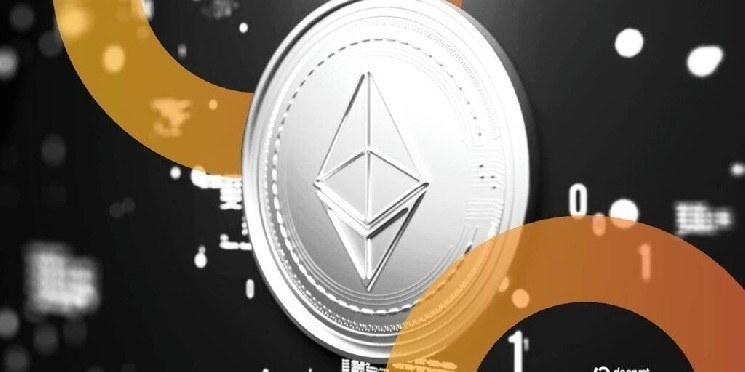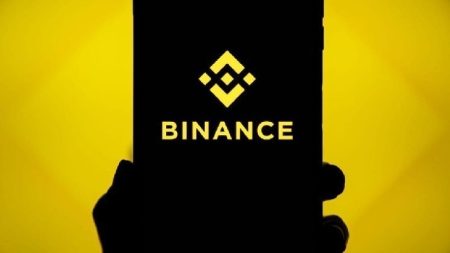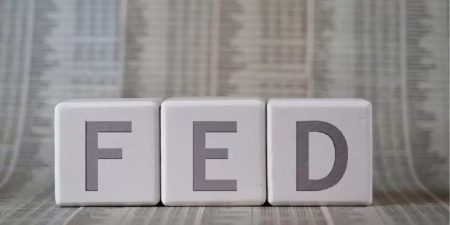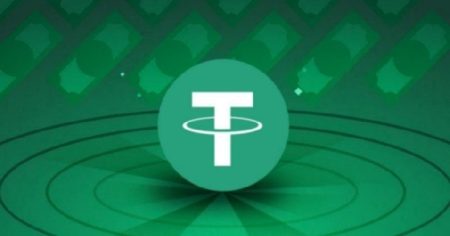Ethereum Validator Queue Hits Two-Year High Amid Surging ETF Inflows and Institutional Interest
Record-Breaking Validator Queue Signals Growing Confidence in Ethereum’s Future
In a remarkable development highlighting Ethereum’s growing institutional appeal, the blockchain’s validator entry queue has reached its highest level in two years. As of Tuesday, approximately 860,000 ETH—valued at around $3.7 billion at current market rates—is waiting to be processed, according to data from validator Everstake. This unprecedented backlog underscores the surging interest in Ethereum staking as both retail and institutional investors position themselves to capitalize on the network’s long-term potential.
Illia Otychenko, lead analyst at CEX.IO, explained the technical bottleneck causing this situation. “Processing existing queues will likely take around 14 days,” Otychenko told Decrypt, noting that Ethereum’s protocol limits daily validator movements to no more than 1,800 exits and 900 entries. This built-in mechanism, designed to maintain network stability, has created a significant waiting period for new validators hoping to join the ecosystem. Everstake characterized the current situation as “pretty striking,” observing that queues of this magnitude haven’t been seen since September 2023, following the network’s pivotal Shanghai upgrade that first enabled stakers to withdraw their capital.
ETF Momentum and Treasury Growth Fuel Validator Surge
The validator queue expansion coincides with exceptional performance from Ethereum ETFs, which have generated more than $13 billion in inflows, with the majority occurring within just the past six weeks. This influx of institutional capital represents a watershed moment for Ethereum, signaling growing mainstream acceptance of the asset as a legitimate investment vehicle alongside traditional financial products.
Simultaneously, corporate Ethereum treasuries have experienced explosive growth. BitMine Immersion, which strategically pivoted away from Bitcoin mining earlier this year, has accumulated ETH holdings worth approximately $8.1 billion. The company’s ambitious goal of acquiring 5% of Ethereum’s total supply demonstrates the increasing corporate appetite for significant positions in the cryptocurrency. This institutional embrace extends beyond direct holdings, with treasury management companies offering staking services to investors seeking yield on their Ethereum investments without managing the technical aspects themselves.
Network Improvements Enhance Staking Attractiveness
Contributing to Ethereum’s growing appeal as a staking asset, network fees have decreased by nearly 40% over the past month, despite activity reaching record levels. “This combination of reduced costs and increased utility is making staking more attractive and accessible,” noted Otychenko. The improved economics of participation come at a time when Ethereum’s price performance has renewed investor confidence in the asset’s growth trajectory.
Currently trading at approximately $4,416, Ethereum has registered a 4.6% gain over the past 24 hours, according to data from crypto markets provider CoinGecko. This positive price action reflects broader market sentiment, with prediction markets showing strong optimism about Ethereum’s near-term prospects. A Myriad Linea market indicates that 77% of participants believe Ethereum will reach the psychological threshold of $5,000 before year’s end, highlighting widespread bullishness among market participants.
Institutional Investment Strategies Drive Validator Growth
Rajiv Sawhney, head of international portfolio management at Wave Digital Assets, attributes the recent surge in validator interest partly to capital flowing toward ETH treasury management companies. “Investors are increasingly looking to shift their unstaked Ethereum into treasury companies,” Sawhney explained, suggesting that many hope to “double or triple their money when lock-ups expire.” This strategic positioning indicates a sophisticated approach to Ethereum investment, with participants seeking to maximize returns through both price appreciation and staking rewards.
Notable institutional moves are accelerating this trend. Sawhney highlighted Cathie Wood’s ARK Investment Management’s substantial investment in Bitmine last week, demonstrating that even traditional finance powerhouses are seeking exposure to staked Ethereum. Similarly, SharpLink’s PIPE offering in May raised over $500 million in private capital specifically earmarked for investment in staked Ethereum. Since pivoting its business model, the former online marketer has accumulated approximately $3.6 billion in ETH. These impressive returns and high-profile moves are creating a virtuous cycle, encouraging additional institutional investors to consider similar strategies.
Market Dynamics and Future Outlook
The path toward Ethereum’s current validator queue situation hasn’t been entirely smooth. Sawhney noted an incident earlier in August when the price of ETH and Lido Staked Ether (stETH) temporarily decoupled, forcing many leveraged investors to liquidate positions. This market disruption created unusual patterns within the validator queues in subsequent weeks, contributing to the current backlog situation.
Despite these periodic challenges, the unprecedented validator queue represents a powerful vote of confidence in Ethereum’s long-term value proposition. As institutional adoption continues to accelerate through ETFs, corporate treasuries, and sophisticated staking strategies, the network’s fundamental strength appears increasingly robust. With transaction fees decreasing despite growing usage, and market sentiment strongly favoring further price appreciation, Ethereum’s ecosystem is demonstrating remarkable resilience and appeal to a diversifying investor base. The record-breaking validator queue may be causing short-term delays for new participants, but it simultaneously signals a network experiencing the growing pains of mainstream success—a positive indicator for Ethereum’s continued evolution as both technological infrastructure and investment asset.















